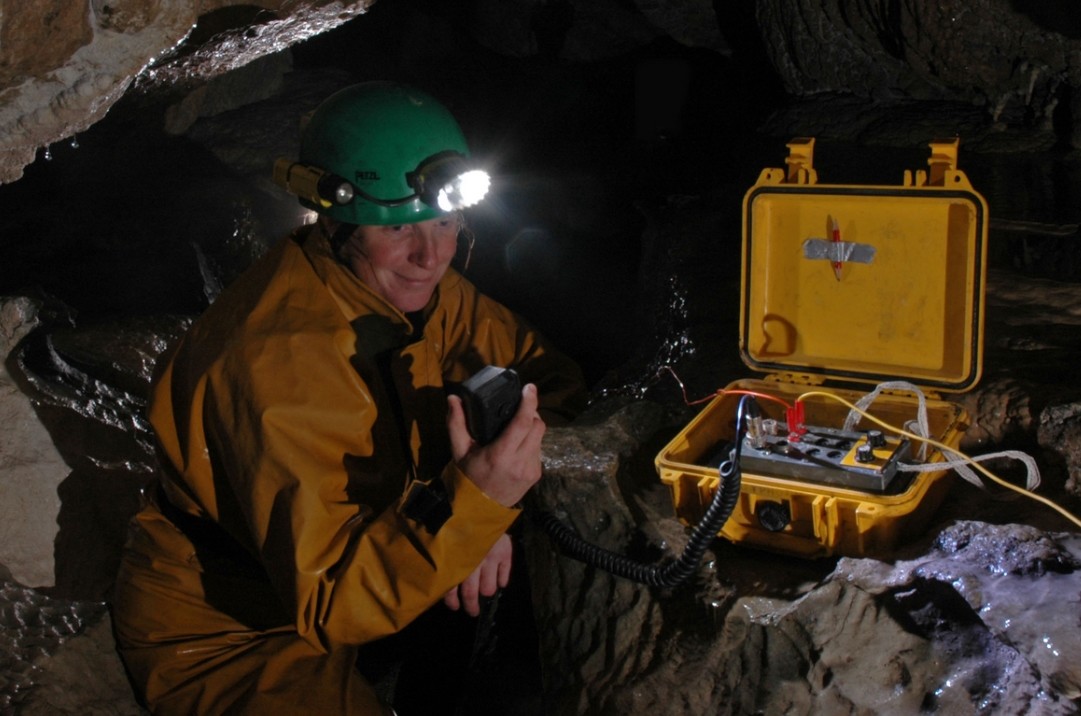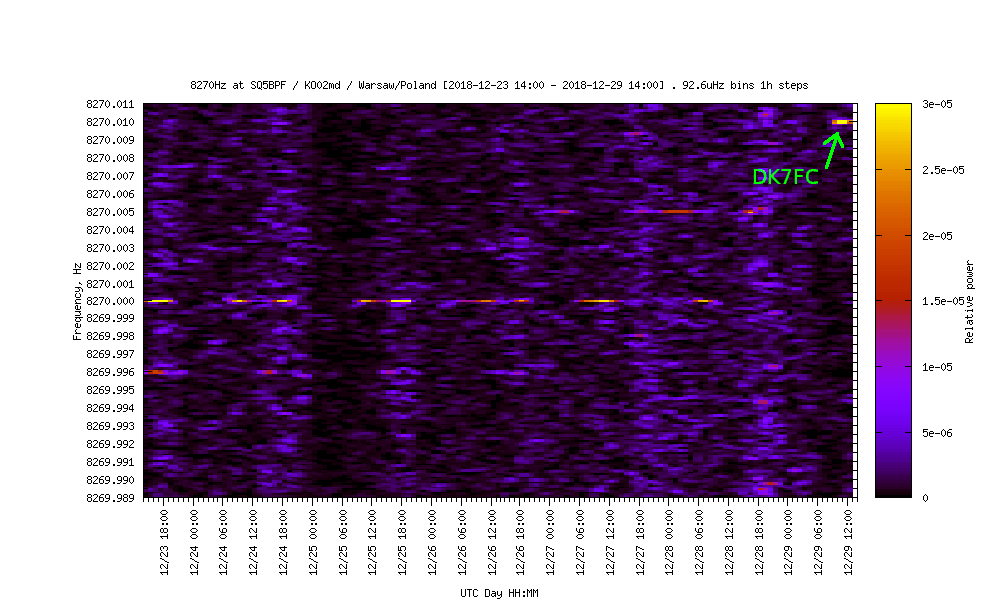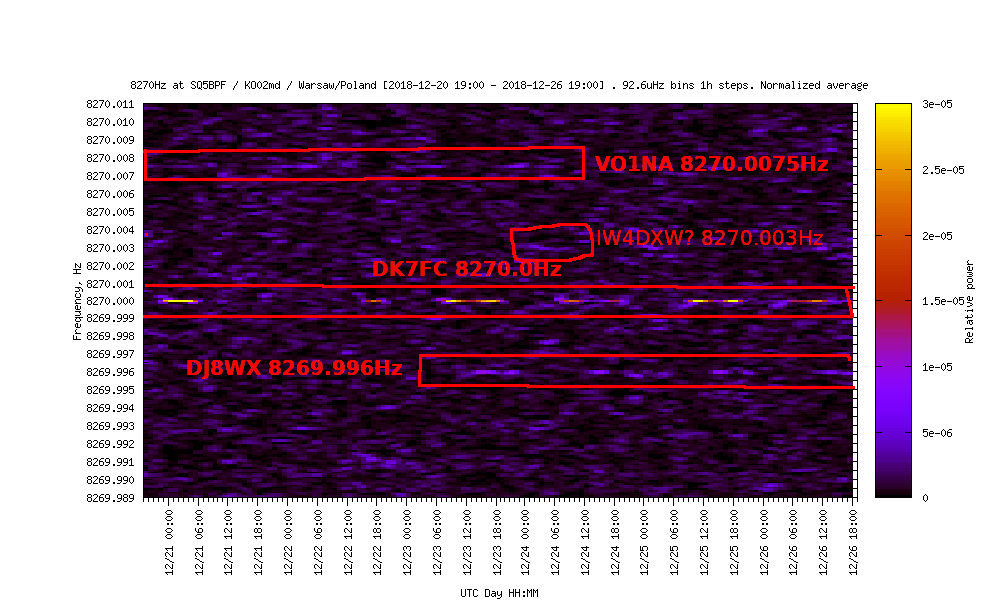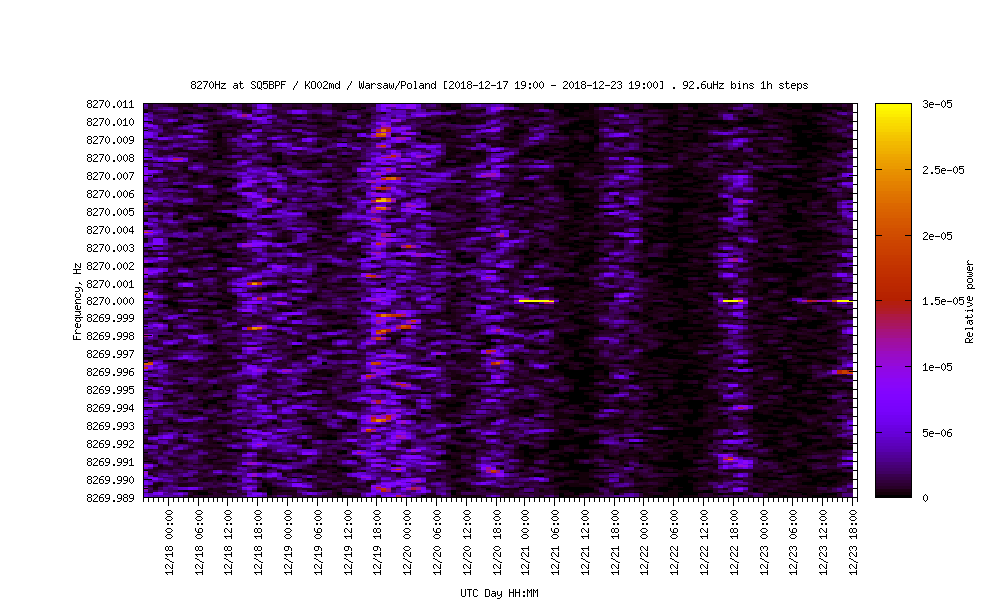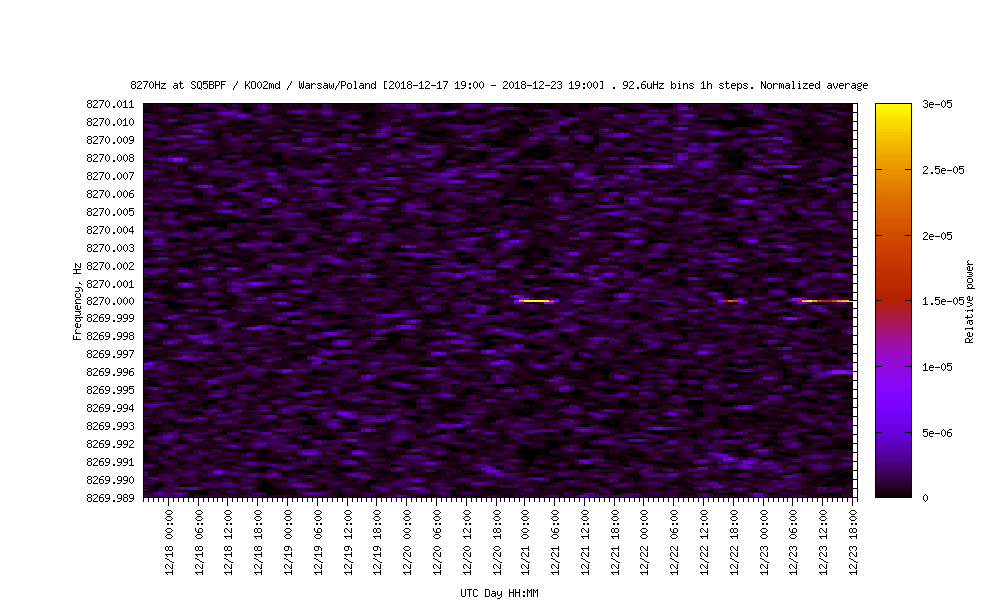After a long period of inactivity the RSDN stations are active again. Right now (12 october 2021) three frequencies are active: 11.9kHz, 12.65kHz, 14.88kHz.
This is a hyperbolic navigation system, which broadcasts a periodic carrier. More information is avaliable here: http://www.vlf.it/alphatrond/alpha.htm
For people interested in VLF this is a great test signal, whch can be used to check receiving equipment.
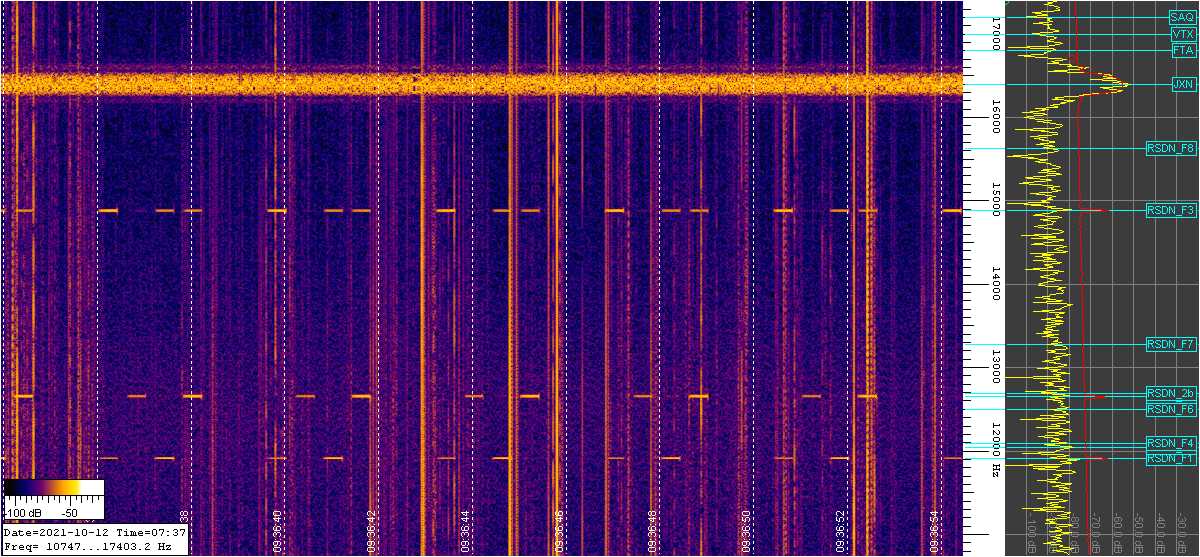
RSDN 2021

